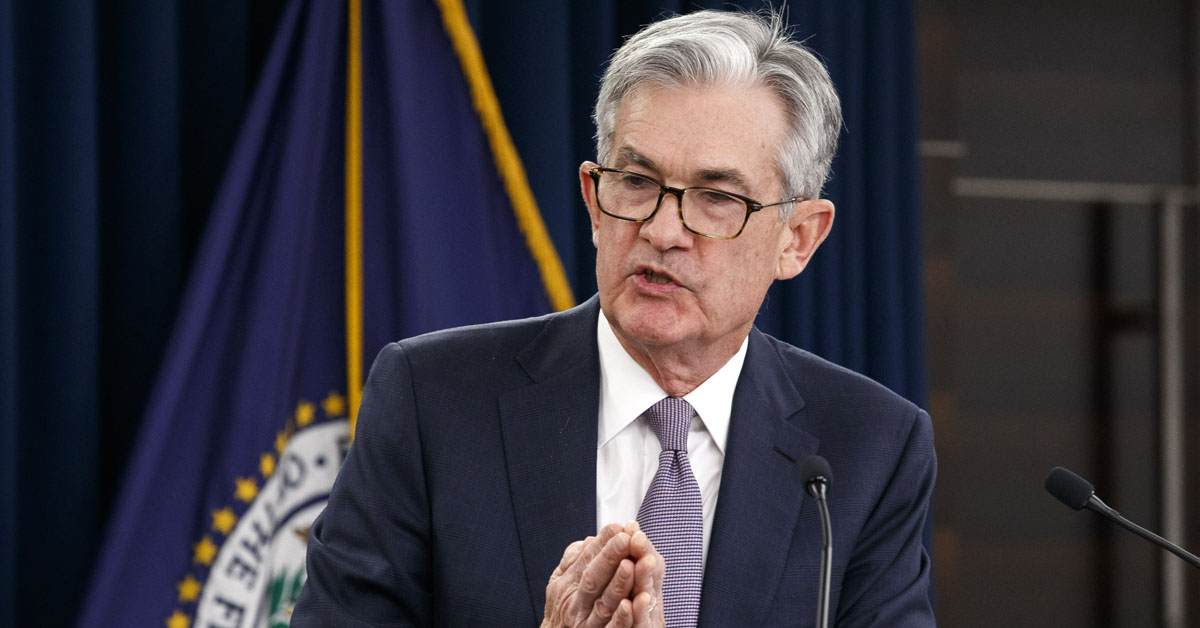True to its word, the Federal Reserve held interest rates steady in its first policy meeting of 2020 on Wednesday, leaving rates within the current target range of 1.50% to 1.75%.
It was a unanimous decision in which the Fed cited a strong labor market, low unemployment, growing consumer spending and economic activity “rising at a moderate rate.” The Fed’s post-meeting statement conceded that business fixed investment and exports remain weak, and it downgraded household spending from “strong” in December 2019 to “moderate” this month. The Fed, however, continued to believe that its current stance with rates is appropriate to support the country’s ongoing economic expansion, the longest ever on record.
“As long as incoming information about the economy remains broadly consistent with this outlook, the current stance of monetary policy likely will remain,” said Jerome Powell, chair of the Federal Reserve, in a post-meeting press conference.
Powell had announced last month that the Fed expected to hold rates steady through 2020 unless inflation picks up — a significant change from 2019 when the Fed shaved interest rates three times as trade tensions and international uncertainty put downward pressure on the U.S. economy.
Mike Fratantoni, senior vice president and chief economist for the Mortgage Bankers Association, found the Fed’s actions consistent with its line of thinking in December.
“The job market remains strong, with the unemployment rate at a 50-year low, and inflation remains near the Federal Reserve’s target,” Fratantoni said. “As a result, the market anticipates that the Fed is unlikely to move rates this year, and today’s communication is consistent with this expectation. We continue to expect that the Fed’s next move will be a rate increase at some point in 2021.”
The Fed continues to monitor uncertainties that could impact economic stability. One such factor is how the global economy weathers the growing spread of coronavirus, which Powell deemed “a very serious issue.”
“There will likely be near-term effects on Chinese output,” Powell said, “and we’ll have to see what the effect is globally.”
The Fed also affirmed its plans to continue buying Treasury bills through at least the second quarter of this year to maintain reserves. The Fed has spent about $60 billion a month since this past October to purchase short-term Treasury bills, adding nearly $400 billion in assets to its holdings, and plans to keep doing so to maintain reserve balances at or above September 2019 levels.
“In recent months, the Fed has been successful in providing sufficient liquidity to the market through Treasury bill purchases, and there was no spike in rates at year’s end, as some had feared,” Fratantoni said. “The Fed’s plans with respect to further growth of the balance sheet, and ongoing support for market liquidity, continue to evolve.”





